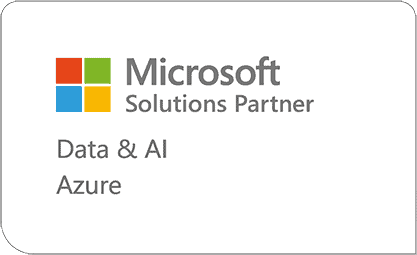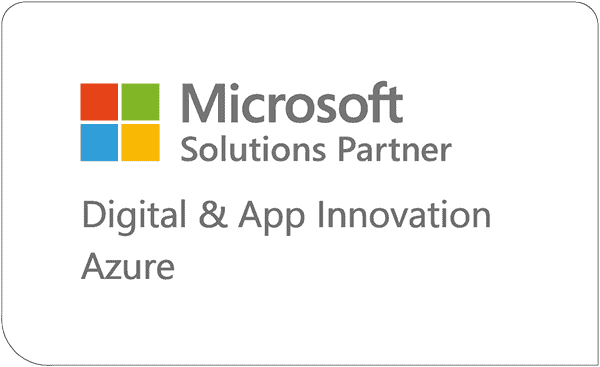Getting Started with Power Platform Governance & Policies
Power Platform governance ensures secure, compliant, and efficient use of the platform by establishing clear policies around data usage, environments, user roles, and app management. By implementing robust governance, organizations can empower users to innovate while maintaining control over security, scalability, and costs.
Power Platform is a handy tool from Microsoft that lets people create apps, automate workflows, and even analyze data without needing to be a coding expert. But, like anything, if too many people have access and start building things without any rules, it can get messy or even risky for the business.
So, governance is like setting the house rules. It ensures that people follow best practices when using the platform—things like who can build what, how they name things, and how data gets shared. It helps keep everything organized, secure, and compliant with the company’s policies.
On top of that, policies are the specific guidelines. They define things like which data sources are allowed, what kind of apps can be built, and who’s responsible for maintaining them. It’s kind of like managing a sandbox, where everyone can play, but they have to follow certain rules to keep things safe and efficient for the business.
It’s about empowering people to create but within a framework that protects the organization from chaos or security risks.
But is governance itself difficult to implement?
Is Power Platform governance something I can manage myself?
Whether you should handle Power Platform governance in-house or hire an expert depends on a few factors. If your team is already familiar with the Power Platform, data security, and compliance, doing it in-house could work. But it’s easy to underestimate how complex it can get. There are a lot of moving parts, like setting up the right security measures, making sure data is handled properly, and ensuring the platform is scalable as more people start using it.
Hiring an expert, though, can speed things up and ensure it’s done right from the start. They’ll have experience setting up governance frameworks that have worked for other companies and can avoid common mistakes. Plus, they can help train your team to maintain and update those policies over time.
So, if you’re a smaller team or new to this, bringing in outside expertise can save time, reduce risks, and give you peace of mind. But if you’ve got a solid internal team already, you could manage it yourself with the right dedication.
Key Elements of Robust Power Platform Governance
To make a robust Power Platform governance framework, there are a few key elements and steps you should consider. It’s like laying out a blueprint for how your team will use and manage the platform while keeping security, compliance, and scalability in mind. Here’s what you’d typically look at:
ENVIRONMENT STRATEGY
DATA LOSS PREVENTION (DLP) POLICIES
USER ROLES & PERMISSIONS
LIFECYCLE MANAGEMENT (ALM)
SECURITY & COMPLIANCE
MONITORING & AUDITING
TRAINING & SUPPORT
COST MANAGEMENT
Steps to Implement Governance
- 1
Assess Needs: Determine how your organization is using the Power Platform or plans to use it. Understand the volume and type of apps and workflows being built.
- 2Design Your Framework: Map out your environments, security measures, and policies. Define roles and responsibilities for users and admins.
- 3
Deploy DLP and Security Policies: Configure policies around data usage, user permissions, and app building.
- 4
Monitor Usage: Set up dashboards and reports to track app usage, flow runs, and overall platform activity. Be ready to adjust governance as the platform scales.
- 5
Review and Evolve: Governance isn’t a one-time thing. Regularly review policies, check in on user activity, and adapt based on business needs or new platform capabilities.
Power Platform Governance Resources
These resources will give you the technical details and help you dig deeper into setting up a robust governance framework for your organization.
Microsoft Power Platform Governance Documentation: Official guide with detailed steps and templates for setting up governance.
Power Platform Admin Center: Central hub for managing and monitoring your Power Platform environments and policies.
Power Platform Adoption Framework: Our own best practices for adopting and scaling Power Platform in your organization.
Power Platform DLP Policies Overview: In-depth look at how to set up DLP policies to protect data.
Hope this helps you progress on your Power Platform governance journey! Before you go, we have a few more options for you.
If you’re also curious about governance for just Power BI, and for AI, we have write-ups about those as well. You’ll see many similarities in guidelines and best practices.
Read: Power BI Governance, Ensure a Successful Power BI Deployment
Read: AI Governance Framework
We also have a set of Power Platform adoption framework eBooks, grab your favorites here.
And finally, if you would like to skip sales and talk directly to an expert, you can book time on their calendar instantly here. Get to know who might be working with you if you feel we’re your Power Platform partner!
Keep Reading: What is a Power Platform Well-Architected Framework?
Looking for more on Power Platform?
Explore more insights and expertise at smartbridge.com/modernization
There’s more to explore at Smartbridge.com!
Sign up to be notified when we publish articles, news, videos and more!
Other ways to
follow us:





